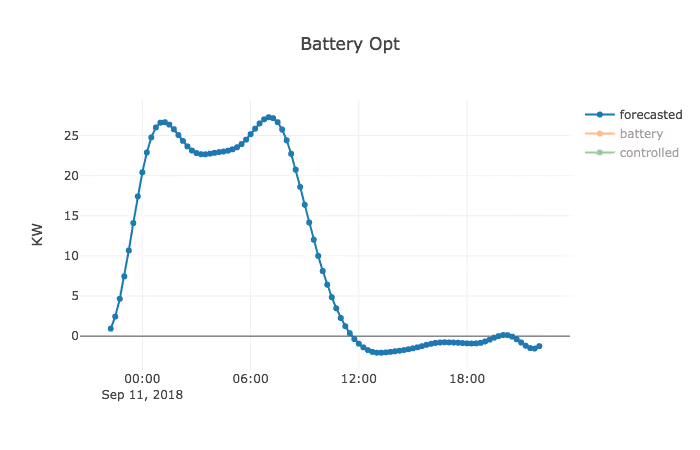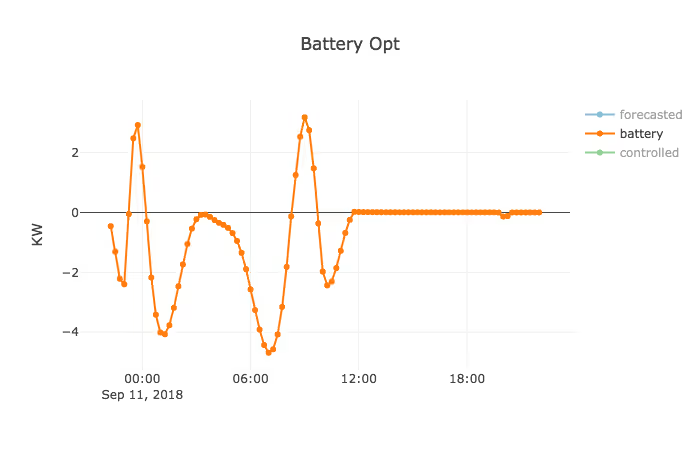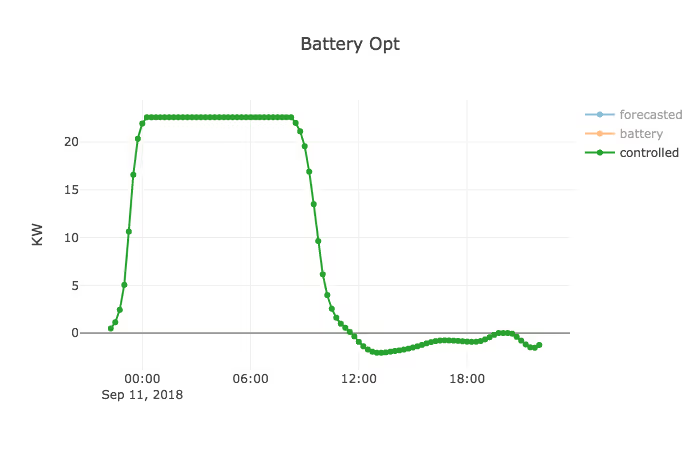The Challenge
Many smart buildings use energy storage systems such as batteries to manage building loads and to reduce electricity costs. These systems can help reduce electricity costs through peak demand management, offsetting energy use, and integration with distributed resources such as renewable generation. In order to be successful, data on a building’s current and forecasted electricity consumption is crucial.
Verdigris and S&P Global, Ltd partnered on a proof-of-concept to determine the potential savings from integrating battery systems with building monitoring. Verdigris deployed systems at an S&P Global factory in Korea to measure real-time total energy consumption at the building, panel, and circuit level. Together the teams developed algorithms that integrated the S&P battery system with Verdigris data and models to control the battery charge and discharge sequence for optimal energy management.
The Approach
Four areas of data exchange needed to be considered in the integration:
- Building energy measurements: The Verdigris data platform provides the current state of building energy and power consumption through high frequency measurements of energy, voltage, and power quality.
- Building energy forecasts: Verdigris uses AI-driven models to provide day-ahead forecasts of the monitored load in 15 minute intervals, continuously. The model incorporates inputs such as historical energy use, weather data, and time of day. The model continuously learns from new data.
- Battery information acquisition and control: S&P Global provided access to their data and models of the current and forecasted battery states. A key feature is the ability to submit control commands to the battery, within a set of established constraints: maximum/minimum power capacity of the battery, no flow of power back to the grid, battery energy level should not max out its energy capacity, and energy stored in the battery should not be less than 10 percent of its energy capacity.
- Electricity rate schedule: The optimization model accounts for both energy and demand costs, with the goal of minimizing the electricity cost during a billing cycle.
The Results
The algorithm ran daily and generated a battery usage plan for the following day to optimize electricity costs. The battery control commands are automatically issued every 15 minutes. We estimate that AI-driven integration of energy monitoring and battery control can save the building 21% of its electricity cost.
What's Next?
AI applications are advancing at a rate where we can envision broader systems integrations that further increase the potential for electricity savings. For example, distributed generation using photovoltaics, fuel cells, wind, or geothermal can generate electricity where it is used. Additionally, as the adoption of electric vehicles brings the transportation sector to the built environment, efficient and dynamic car charging will require algorithmic integration. Energy storage and control integrated with building monitoring is only the beginning.



*The graphs above show the forecasted building profile (blue), proposed battery charge and discharge plan (orange), and optimized building and battery load profile (green).*
Footnotes
Contact us to connect with a product specialist.





